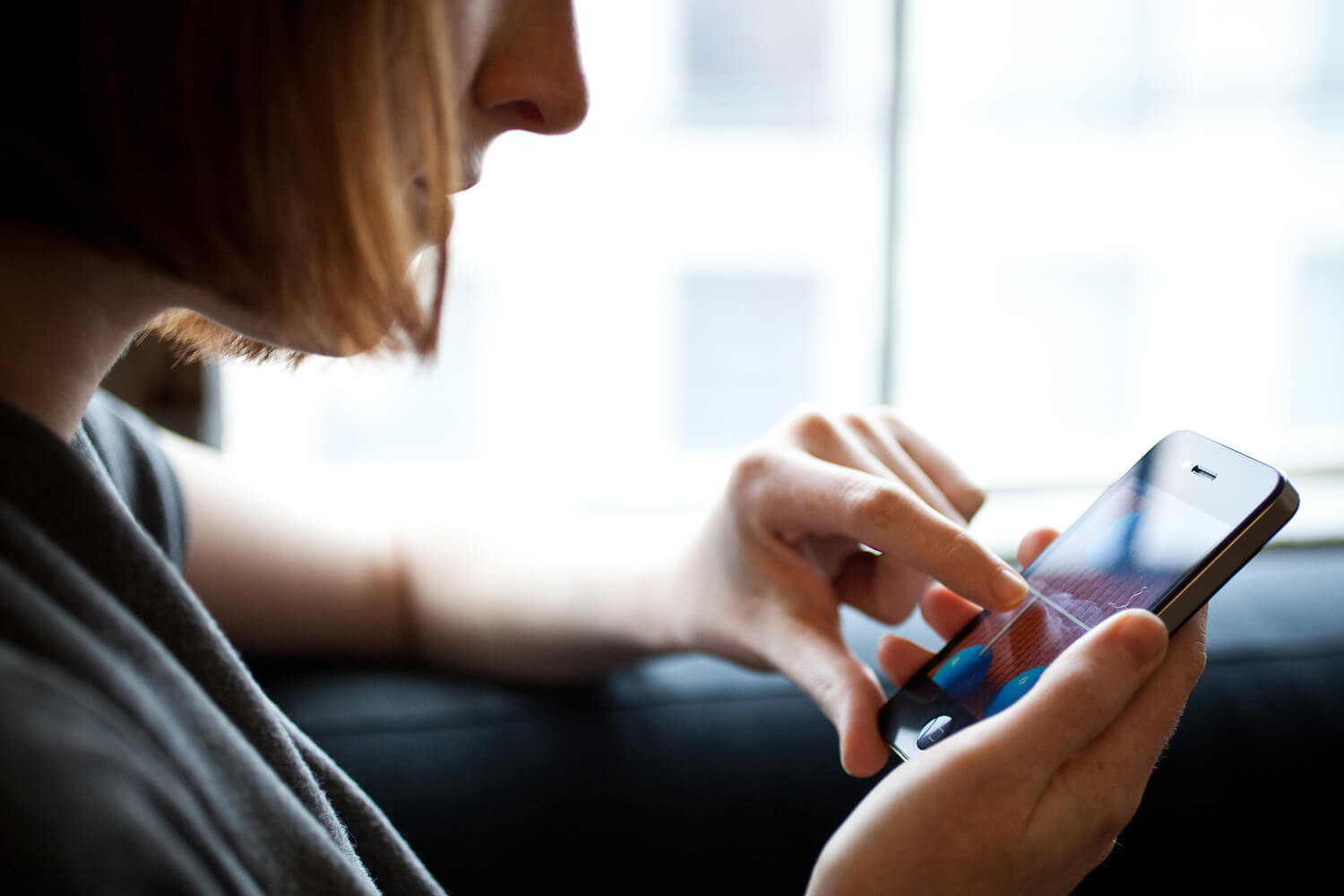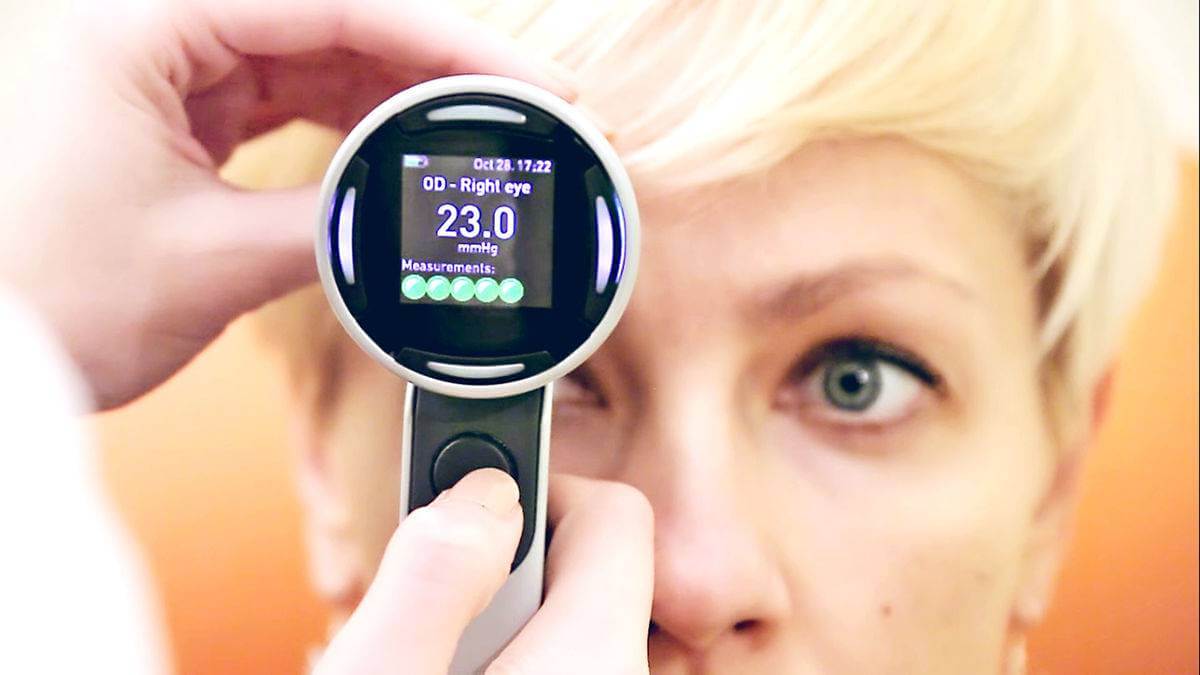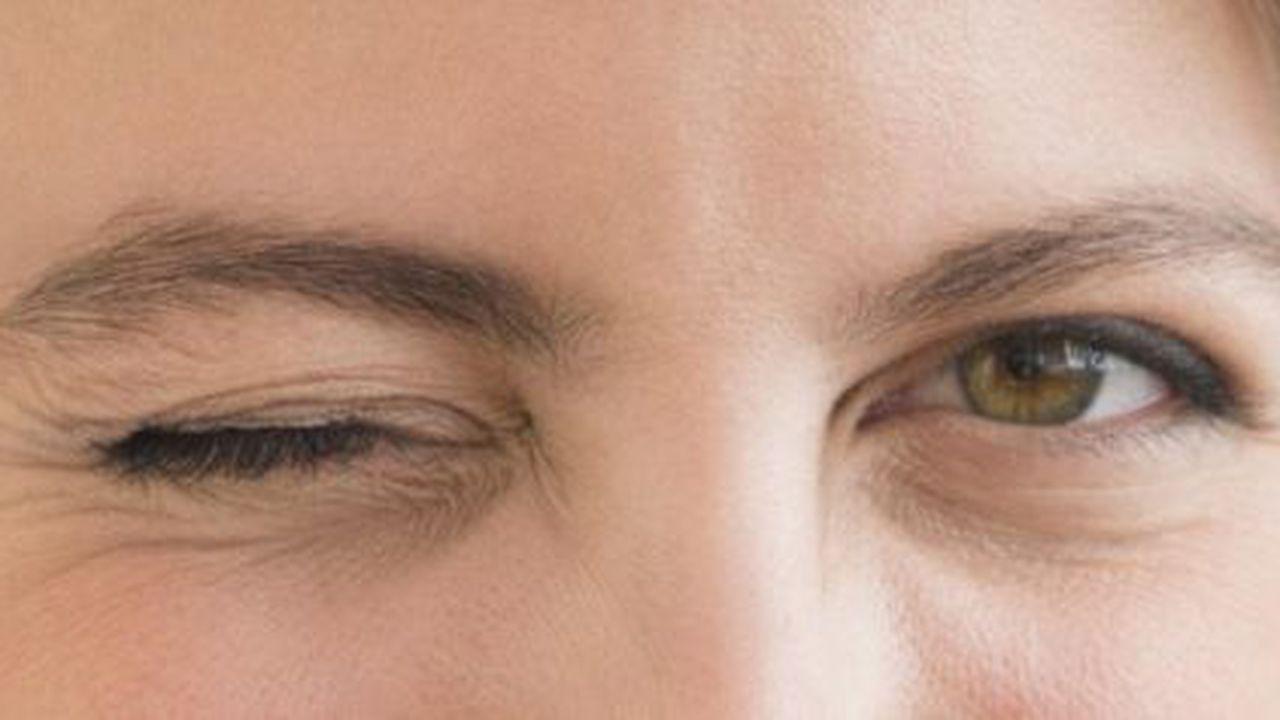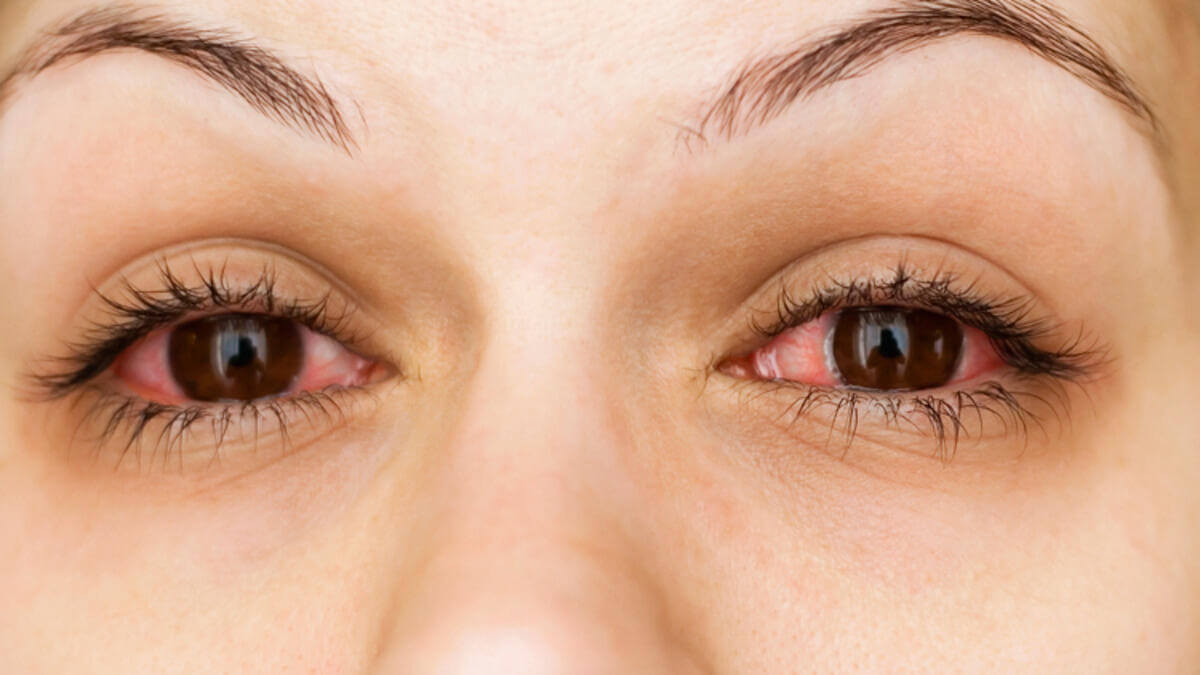In our always-connected world, it's hard to find a moment when we're not looking at a screen.
And that raises the question, do phones damage your eyesight?
Whether it's working on our computers, scrolling through social media on our phones, or unwinding in front of the television, digital devices are an integral part of our daily lives.
This constant exposure, however, is not without consequences, particularly for our eyes.
The phenomenon known as digital eye strain is becoming increasingly prevalent, highlighting a growing concern on how to prevent eye damage from phones in the digital age.
The Digital Eye Strain Dilemma
As we dive deeper into the digital era, the impact of prolonged screen time on our vision is a topic that demands attention.
Can phones damage your eyes? The glow from our screens is omnipresent, from the palm of our hands to our desks, illuminating our faces with light and, unfortunately, contributing to a variety of eye health issues.
This constant exposure to digital screens is not just changing how we work, communicate, and relax…
It's also changing the health of our eyes, introducing a range of symptoms that collectively form what we know as digital eye strain, urging us to consider how to prevent eye damage from phones.

Phones and Their Relation with Eyes
Are phones bad for your eyes? The relationship between phones and our eyes is intricate and, at times, detrimental.
The convenience of having a world of information at our fingertips comes with a hidden cost - the potential for eye damage.
Smartphones, with their small screens and high levels of brightness, force our eyes to work harder.
The blue light emitted by these screens is particularly concerning, as it has the potential to penetrate deeper into the eye and contribute to retinal damage.
Over time, this can exacerbate the risk of developing conditions such as macular degeneration, making it crucial to understand how to prevent eye damage from phones.
Are Phones Bad For Your Eyes?
The question of “do phones damage your eyesight” is increasingly relevant in today's digital age. Prolonged phone use leads to a myriad of symptoms indicative of digital eye strain. These include:
Increased Eye Strain: Extended phone use leads to digital eye strain, characterised by tired, dry, or irritated eyes and sometimes accompanied by headaches, a clear sign that eye strain from phone use is a growing issue.
Dry Eyes: Staring at screens significantly reduces blinking frequency, causing dry eyes and discomfort.
Exposure to Blue Light: Phones emit blue light, which can penetrate deep into the eyes, potentially damaging light-sensitive cells in the retina. This exposure can disrupt sleep patterns by interfering with circadian rhythms.
Near Vision Stress: Constant focusing on close-up screen content can strain the eye's focusing system, leading to blurry vision at a distance and difficulty shifting focus between objects near and far.
Text Neck: Improper posture while using phones contributes to neck and shoulder strain, indirectly affecting vision through tension and misalignment.
Potential for Long-Term Damage: There's ongoing research into how chronic exposure to screen light and blue light might contribute to conditions like macular degeneration over time.
How To Prevent Eye Damage From Phones?
If you want to know exactly how to prevent eye damage from phones, there are various effective strategies for safeguarding our eyes against the adverse effects of prolonged phone use, which mainly focus on preventive measures beyond simply reducing screen time.
Adjust Screen Brightness
The brightness of your phone's display is a significant contributor to eye strain from phone usage. Screens emitting too much light or set at high brightness levels for dark environments can lead to discomfort. Adjusting your screen brightness to align with your surroundings can prevent eye strain from phone use.
Embrace the Night Mode
Most modern smartphones offer a Night Mode or Blue Light Filter setting, designed to reduce blue light exposure. Activating this feature, especially in the evenings, can help minimise the potential disruption to your sleep cycle caused by blue light, which is known to interfere with melatonin production, the hormone responsible for regulating sleep. This step will help those wondering, “how can I fix blurry vision after looking at my phone.”
Opt for Blue Light Blocking Glasses
For those who spend considerable time on their phones or other digital devices, blue light blocking glasses have emerged as a popular defence against eye strain. These glasses are specially crafted to filter out blue light, improving overall comfort during extended screen use.
Regular Eye Exercises
Incorporating eye exercises into your daily routine can greatly benefit your ocular health. Practice focusing on distant objects every 20 minutes of screen time to counteract the effects of prolonged near focus. Simple exercises, such as the 20-20-20 rule—every 20 minutes, look at something 20 feet away for at least 20 seconds—can provide much-needed breaks for your eyes.
Maintain an Optimal Viewing Distance
The distance between your eyes and your phone screen plays a crucial role in preventing strain. A comfortable viewing distance is typically between 16 to 18 inches away from your eyes. Holding your device too close can force your eyes to work harder than necessary, leading to quicker onset of fatigue and discomfort.
Blink More Often
It sounds simple, yet it’s incredibly effective. Blinking frequently helps to moisten your eyes, preventing dryness and irritation. Conscious efforts to blink more can counteract the reduced blinking rate that comes with staring at screens, helping to maintain eye comfort and health.
Use Artificial Tears
For those experiencing dry eyes from screen use, artificial tears or lubricating eye drops can provide relief. These over-the-counter drops help to moisten the eyes, alleviating symptoms of dryness and irritation. It’s advisable to consult with an eye care professional to recommend a suitable type based on your specific needs.
Implementing these preventative measures can significantly mitigate the risk of eye damage from prolonged phone use.
However, it's important to recognize when to seek professional help for persistent issues.
Regular eye exams can detect early signs of digital eye strain and other related conditions, ensuring your eyes remain healthy in the digital era.

Tips to Limit Phone Usage
Reducing phone usage isn't just about curbing a habit; it's integral if you want to know how to prevent eye damage from phones. Here are some actionable tips to help you limit your screen time effectively:
Establish Phone-Free Zones: Designate certain areas of your home, like the bedroom or dining room, as phone-free zones. This encourages more direct interaction with family members and ensures you’re not tempted to scroll through your phone during meals or before sleep.
Use a Real Alarm Clock: Instead of using your phone as an alarm, switch to a traditional alarm clock. This simple change can prevent the temptation to start your day by diving into emails or social media.
Set Specific Times for Checking Your Phone: Allocate specific times in your day for checking emails, social media, and other apps. Outside these times, keep your phone out of sight to minimise distraction.
Take Advantage of Screen Time Tools: Most smartphones now come with built-in tools to monitor and limit screen time. These tools can help you set daily limits for specific apps and provide reports on your usage patterns.
Embrace the 'Do Not Disturb' Feature: Use the 'Do Not Disturb' function during work hours or family time to mute notifications. This can help you focus on the task or people at hand without constant interruptions.
Engage in Non-Digital Activities: Rediscover hobbies that don't involve screens, such as reading, cooking, or outdoor sports. Engaging in these activities can significantly reduce your screen time and improve your mental and physical health.
What To Do If You Have Pain Behind Eye
If your eye concerns extend beyond the usual symptoms of digital eye strain and involve pain behind the eye, it's important to explore this symptom further, as it could indicate a variety of other eye health issues.
Pain behind the eye can stem from conditions such as sinus infections, glaucoma, migraines, or even optic neuritis.
For a more detailed exploration of what causes the pain behind eyes and how to address it.
Schedule Your Eye Checkup Today
Maintaining regular eye checkups is vital, especially as we age.
Lynbrook Optical offers comprehensive eye exams tailored to the needs of our patients, whether you are a young adult or a senior citizen.
Our team of experienced professionals uses the latest in eye disease treatment and diagnostic technology to ensure you receive the best care possible.
Book an eye test with Lynbrook Optical now and ensure your vision is at its best.
With our team of experts and state-of-the-art testing equipment, we're here to provide the thorough care your eyes deserve.
Your eyes, after all, are your window to the world, and taking care of them is key to enjoying all the beautiful details life has to offer.
If you're looking to book your next eye test, do it now with us at Lynbrook Optical, because your vision is our focus.






